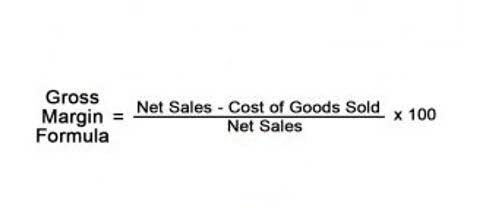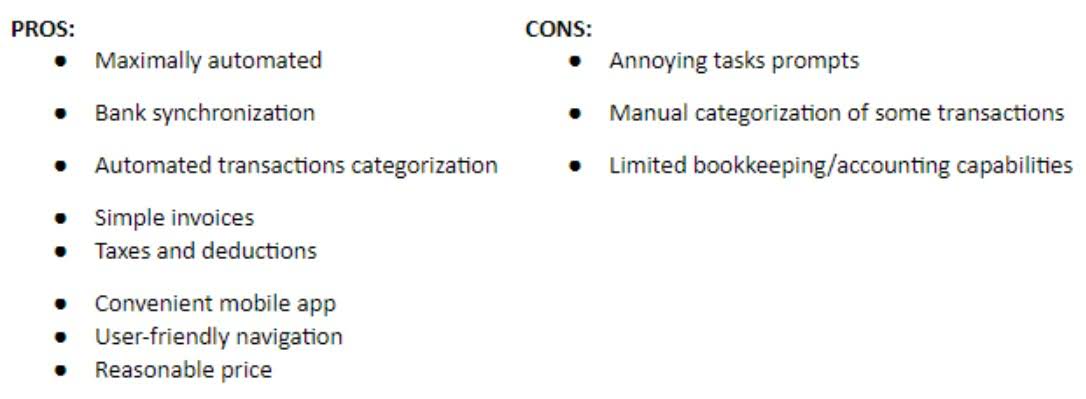Prepaid Expenses: Definition, Examples & How to Record

Our writing and editorial staff are a team of experts holding advanced financial designations and have written for most major financial media publications. Our work has been directly cited by organizations including Entrepreneur, Business Insider, Investopedia, Forbes, CNBC, and many others. We follow strict ethical journalism practices, which includes presenting unbiased information and citing reliable, attributed resources.
- Typically an entity will pay its insurance premiums at the beginning of the policy period, recognizing a prepaid asset subsequently amortized over the term of the policy.
- Prepaid expenses can help by spreading costs over multiple accounting periods, optimizing cash flow, and simplifying the process of balancing the books.
- The quick ratio, while also being a liquidity ratio, only factors in an organization’s most liquid assets such as cash and cash equivalents that can be converted the quickest, hence the same.
- Prepaid expenses result from one party paying in advance for a service yet to be performed or an asset yet to be delivered.
- At the same time that you make an adjusting entry, update the income statement to reflect the consumption of the prepaid expense.
Prepaid Expense Journal Entries
Timely monitoring and re-evaluating the prepaid expenses allow the company to stay agile and enhance its value while facing the competition in the market. As per GAAP (Generally Accepted Accounting Principle), expenses can only be added to the income statement if incurred and utilised in the financial period. Notice that the amount for which adjustment is made differs under two methods, but the final amounts are the same, i.e., an insurance expense of $450 and prepaid insurance of $1,350. Based on the above principle, payments are not necessarily made immediately they may be late or in advance. According to the accrual concept of accounting, transactions are recorded in the books of accounts at the time of their occurrence and not when the actual cash or a cash equivalent is received or paid.

Prepaid Expenses: Definition
- At the end of the period, this “amount paid in advance” impacts the financials of the business.
- They may be tangible or intangible items used to generate economic value for business operations.
- Yes, prepaid expenses are recognised as current assets, as the benefit will only be realised in the future.
- They are listed under the “Asset” section and the subcategory will be “Current assets”.
- Prior to consumption of the good or service, the entity has an asset because they exchanged cash for the right to a good or service at some time in the future.
Now if this were a short-term retained earnings balance sheet lease, then a prepaid asset would be recognized on the balance sheet for prepaid rent expense. However, under the new lease accounting pronouncements, the guidance eliminates recognizing prepaid assets on the balance sheet related to leases exceeding a total lease term of 12 months. Rather, any prepaid rent pertaining to a long-term lease would be rolled into the ROU asset balance recognized on the balance sheet. Generally, the amount of prepaid expenses that will be used up within one year are reported on a company’s balance sheet as a current asset. As the amount expires, the current asset is reduced and the amount of the reduction is reported as an expense on the income statement. Some may also have corresponding journal entries as long-term, non-current assets, depending on how long it will take for the company to realize the benefit.

Is there any other context you can provide?

Prepaid expenses are recognized as an asset Bookstime because they provide future economic benefits to a company. You would record an expense when the benefit of the goods or services has been consumed or utilized within the current accounting period. On the other hand, you would record a prepaid expense when the payment is made in advance for goods or services that will benefit the company in future periods. Prepaid expenses, or Prepaid Assets as they are commonly referred to in general accounting, are recognized on the balance sheet as an asset.


In the above example, the prepaid rental expense is amortised over 12 months per the lease agreement. When the benefits of prepaid expenses are realised, they can be considered an expense. Although being a simple prepaid expenses concept, it is important for an organization to correctly account for and recognize prepaid expenses on its balance sheet. Prepaid assets typically fall in the current asset bucket and therefore impact key financial ratios. Additionally, an organization reporting under US GAAP must follow the matching principle by recognizing expenses in the period in which they are incurred.
Prepaid expenses examples
- Some may also have corresponding journal entries as long-term, non-current assets, depending on how long it will take for the company to realize the benefit.
- These prepayments represent economic resources that will provide future benefits to the company.
- Note that in this example we established a short-term and long-term prepaid component because the initial payment was for a two-year subscription.
- In the final accounts, prepaid expenses are adjusted based on the portion that has been recorded as an expense in the income statement.
Examples of prepaid expenses include insurance premiums, rent, subscriptions, and advance inventory payments. Understanding and managing prepaid expenses is vital for accurate financial reporting and efficient cash flow management. By recording and recognizing these expenses correctly, businesses can ensure their financial statements provide a true representation of their economic activities over time. Even though the company has made the cash transaction in the current financial period, it is unrelated to current expenses. The most-common examples of prepaid expenses in accounting are prepaid rent from leases, prepaid software subscriptions, and prepaid insurance premiums.
Comentarii recente